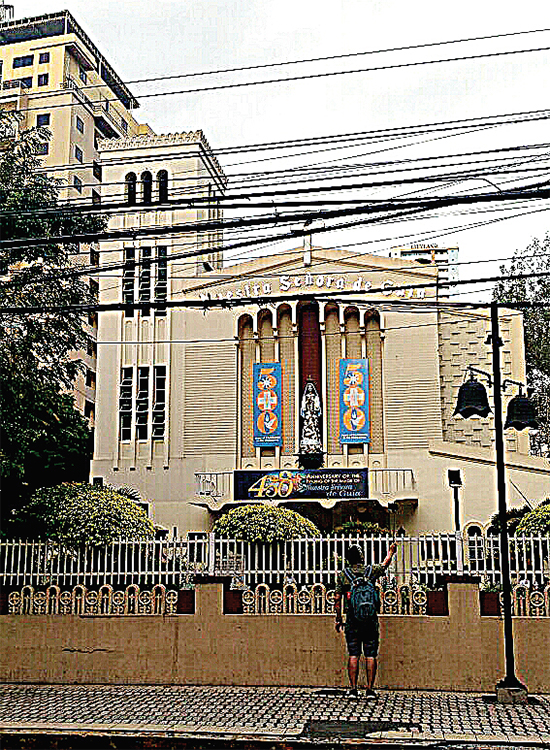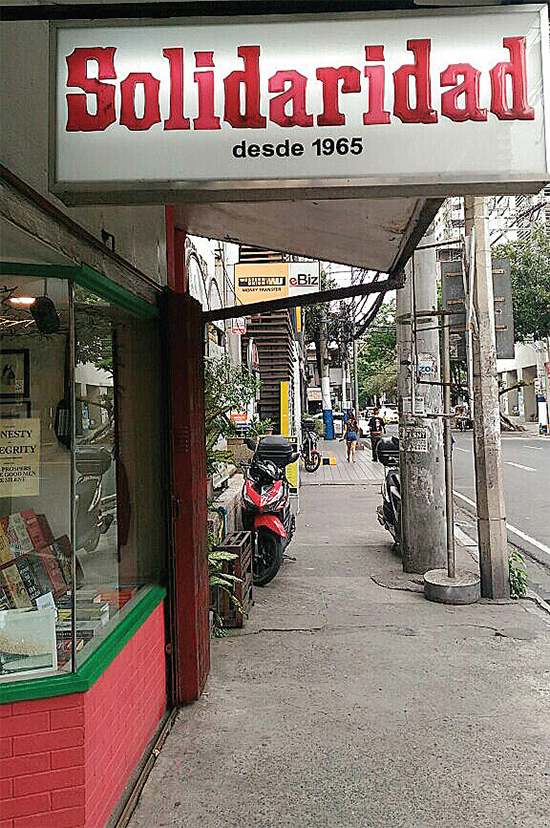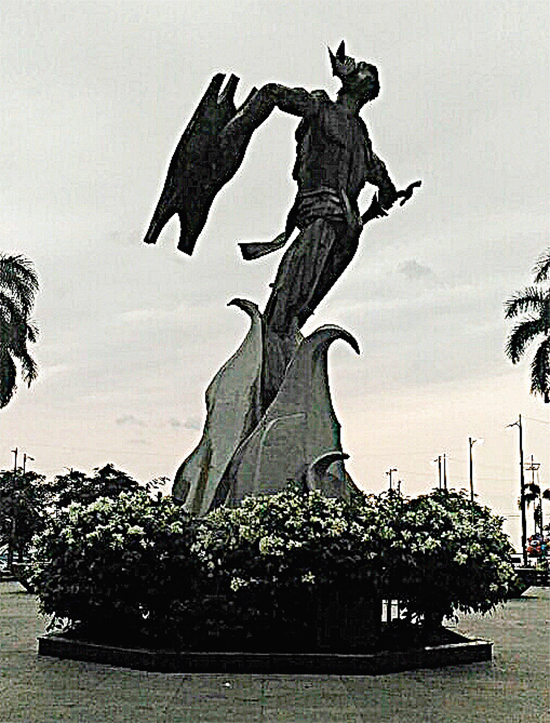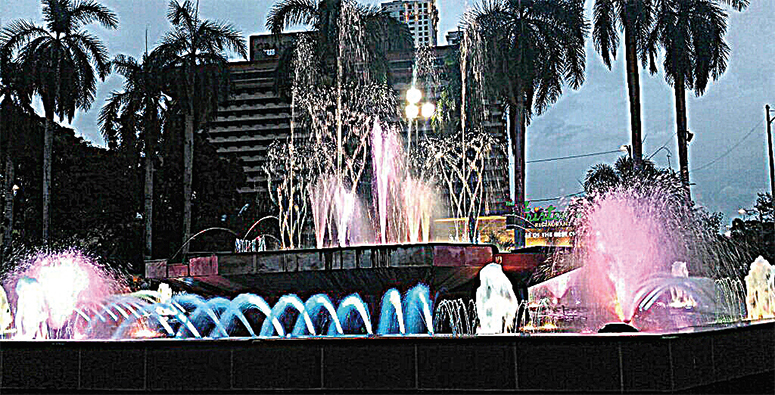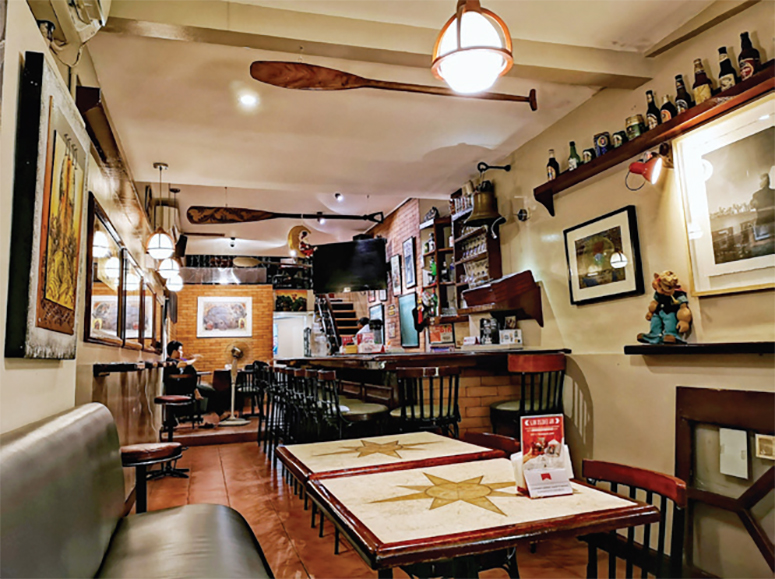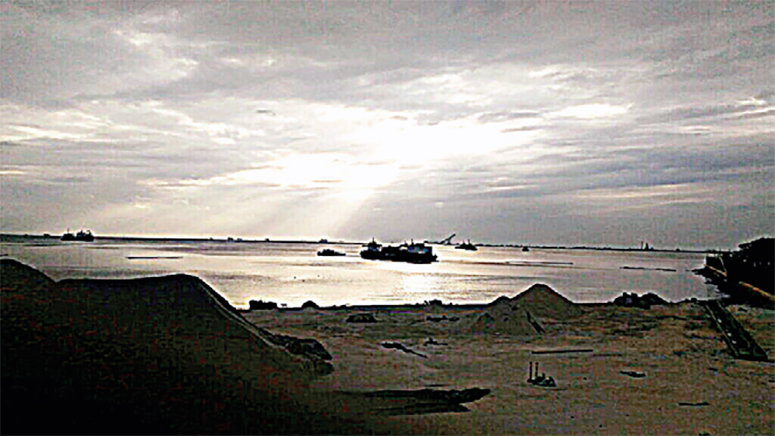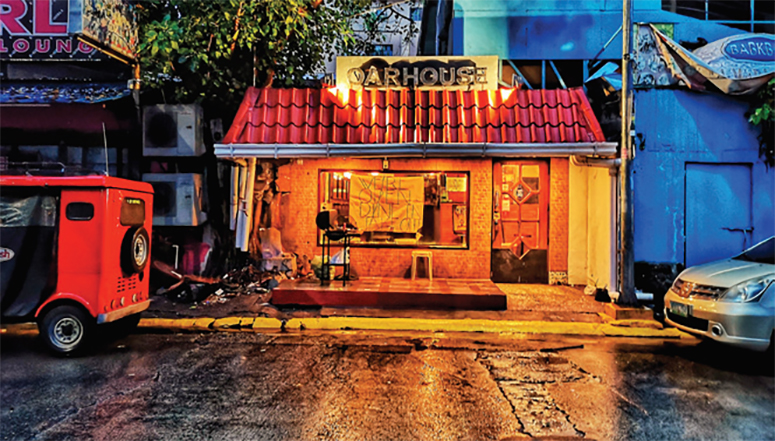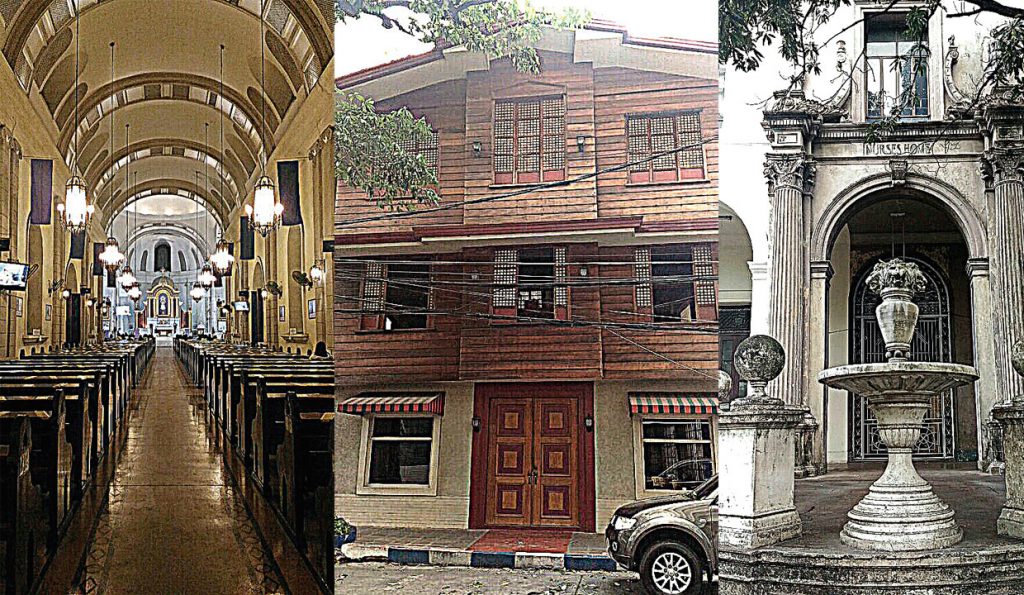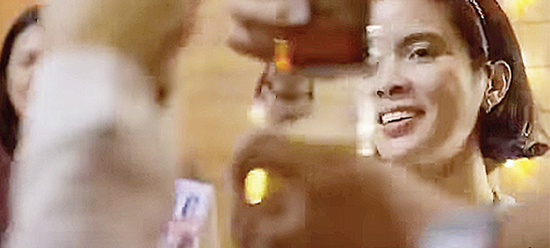Was it in the movie Alabang Girls where the uptown leading lady looked down on Ermita girls? Well, she was partly right for the once genteel district turned sleazy sometime in the ‘70s. But unknown to many are the hidden gems of gentility. After all, the Guerreros, Quirinos, Syquias and other prominent families lived there. They spoke Spanish and some spoke Ermita Chavacano. The Americans also lived there and changed the names of the streets into American states.
At Robinsons Padre Faura, the former location of Ateneo de Manila, there is a marker and a Jesuit bell. The old Ateneo transferred to Ermita in the 1930s after a big fire in Intramuros. The University of the Philippines still maintains a campus for its medicine and other collegiate courses. De La Salle is in Malate. Assumption transferred to Makati but St. Paul and St. Scholastica schools are still around.
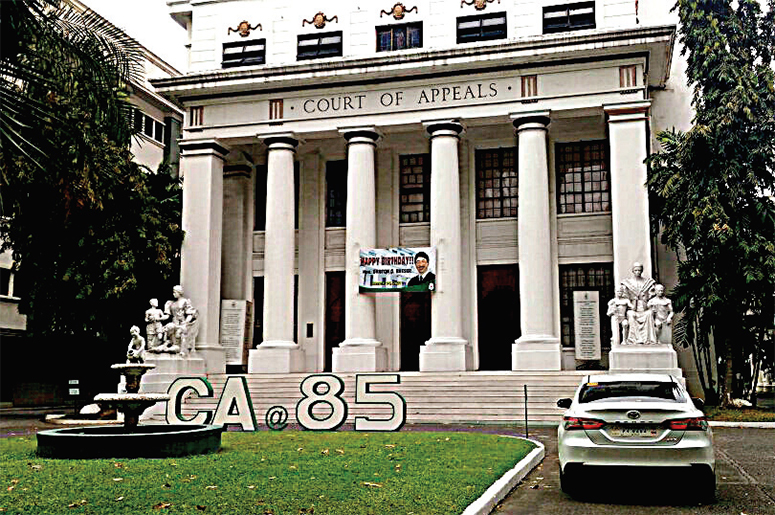
Civic Center
Ermita is still a civic center with the Supreme Court, Court of Appeals and Department of Justice still maintaining offices in this district. Luneta, the National Museum and National Library are still part of Ermita.
Adjacent to Robinsons is the Philippine General Hospital (PGH) which predates UP. This venerable medical institution has endured for more than a century. It remained open during the bloody Battle of Manila amid the bombings and massacres.
Inside the PGH are reproductions of commissioned paintings by National Artist Botong Francisco depicting the history of Philippine medicine. The original works are in the National Museum. A few steps away is the Nurses’ Home which remains unnoticed in its grandeur. This grand building was designed by Tomas Mapua in 1933 in the Renaissance Revival Style. He also did the St. La Salle Hall which is the only Philippine structure on the list of 1,001 Buildings You Must See Before You Die, published by Quintessence Editions Ltd. in 2007.
Who is Maria Orosa?
Across Robinsons is Maria Orosa street named after the valiant food technologist who concocted miracle survival food for the malnourished Filipino during World War II. At the Court of Appeals, the two remaining original La Madre Filipina are waiting to be transferred to their original location in Jones Bridge. At the end of the road are the Manila Pavilion and Philam Theater, both in a state of either renovation or demolition.

Turn left and you will see Engracia Reyes Street named after the founder of Aristocrat Restaurant. She married Alexander Reyes who became a Justice of the Supreme Court. The second and third generations also produced justices. Their family is a unique combination of legal luminaries and restaurateurs. Coincidentally, another structure on this street, the Patio Pilar, is reputedly owned by a former Chief Justice. It is a three-story structure built in the 1930s and is an ideal events place.
On J. Bocobo Street is Hizon’s, which is famous for its ensaymada.
Back again on Padre Faura is Solidaridad Bookshop owned by the outspoken, sometimes controversial, National Artist for Literature F. Sionil Jose. It opened in 1965 and is described as “the best little bookstore in Asia.” It claims to have the most number of Filipiniana books and has the distinction of being visited by several Nobel Laureates.
Vintage Finds
Still on Padre Faura are antique shops, which used to abound in that area. They tend to specialize in indigenous antique. On MH del Pilar St., we found homeless artist Edgar Lam who paints on discarded plywood from construction sites.
At E. Santos Art Gallery, one of us in this group walking around the district, bought a painting which reminded him of his childhood. I recalled a story where Paul McCartney, during the Beatles’ stay in Manila, ventured into Ermita and bought a painting for a song, only to discover years later that it was a Bencab!
Churches
On our way to Ermita Church, we passed by three more antique shops.
Ermita Church has a loyal following who venerate the oldest Marian image in the Philippines. Filipinos often visit this church on their way to the US Embassy on Roxas Boulevard. Beside the embassy is the Dolomite Beach which seems to have expanded.
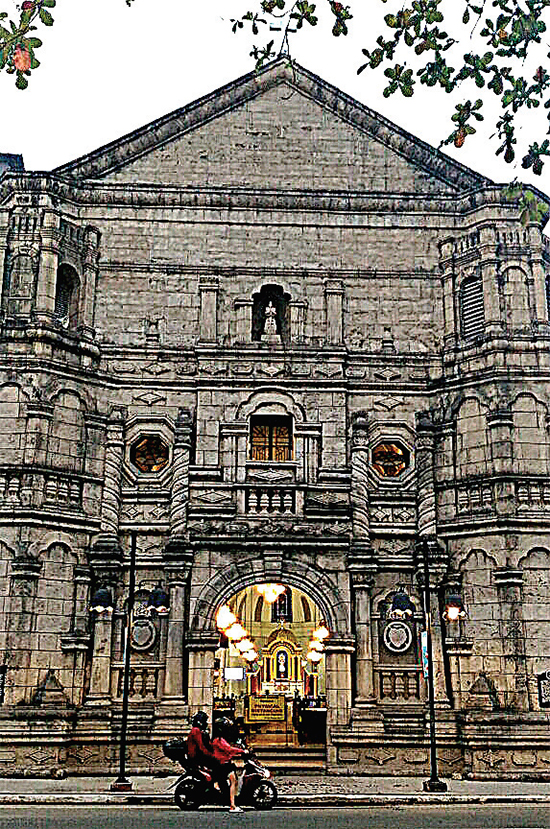
Back on MH del Pilar is Shawarma Snack Center which offers genuine Middle Eastern cuisine. Beside it is a grocery which sells fresh olives, basmati rice and the like.
Next stop is Malate Church which is dedicated to Our Lady of Remedies, the patroness of childbirth. Across is Rajah Sulayman Park and Aristocrat Restaurant.
At Remedios Circle, Cafe Adriatico still stands but the once bohemian enclaves Penguin and Hobbit are gone. National Artist for Literature Nick Joaquin, the inveterate beer drinker, would have missed his favorite old haunts which he frequented in between writing his brilliant works.
Oarhouse
We save the best for last, the Oarhouse Pub of Manila along J. Bocobo Street. Its regulars believe that Oarhouse, owned by photojournalist Ben Razon, is the only real pub in Metro Manila in the strictest sense of the word because this pub serves good food and is open to all kinds of patrons. But it is a second home especially for journalists, photographers and artists.
Even the late great Anthony Bourdain stopped by Oarhouse for a drink in 2015, part of his second to the last visit to the country before he died. You’ll see it in his Parts Unknown, Manila episode which incidentally, also shows a cameo appearance by Property Report’s Iris Gonzales. She was at the Oarhouse when Bourdain came for a drink.
Ermita and Malate may have lost some of their glimmer to Alabang, Rockwell, or BGC but their soul shall never falter. After all, these districts are forever entrenched in our history and heritage and the memories we’ve made here are among the best.
JP Ordona (Manilakad) can be reached on Facebook Messenger or (0916) 359-7888.

